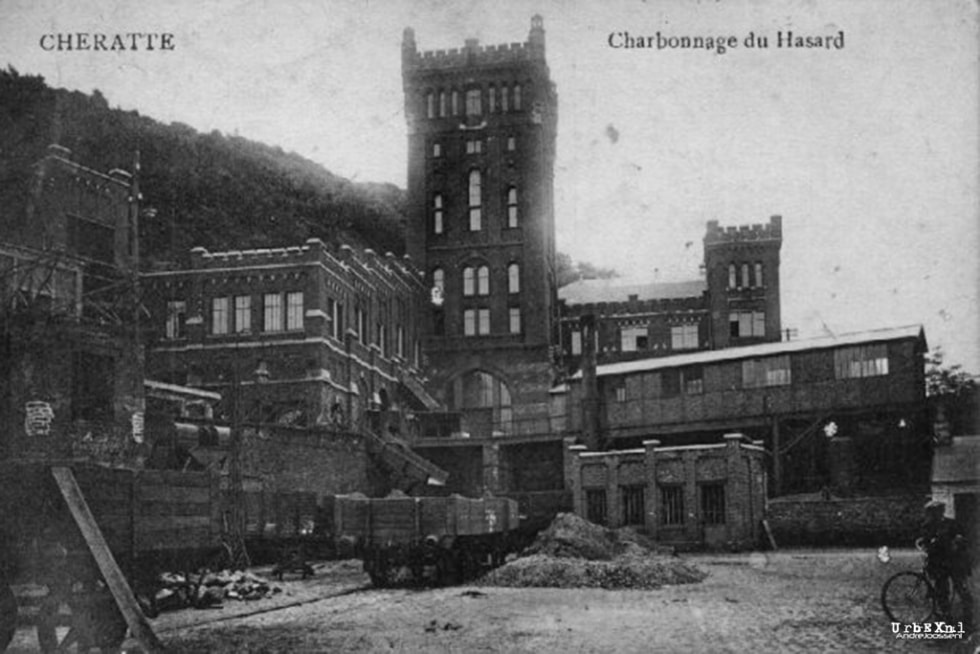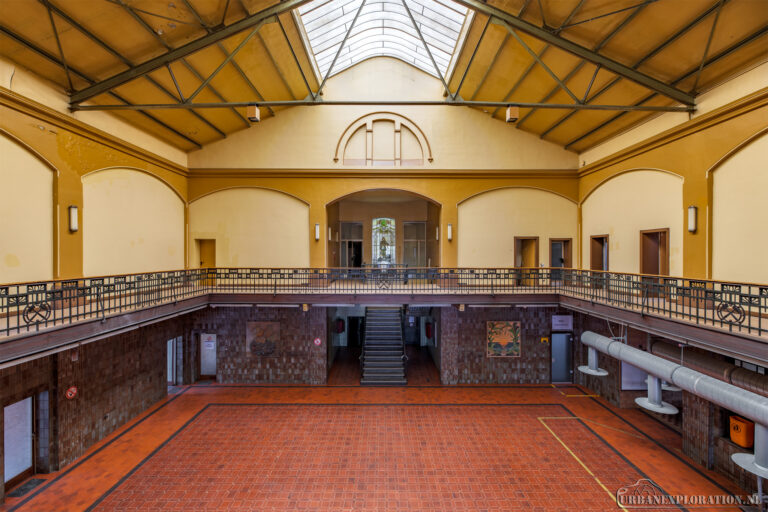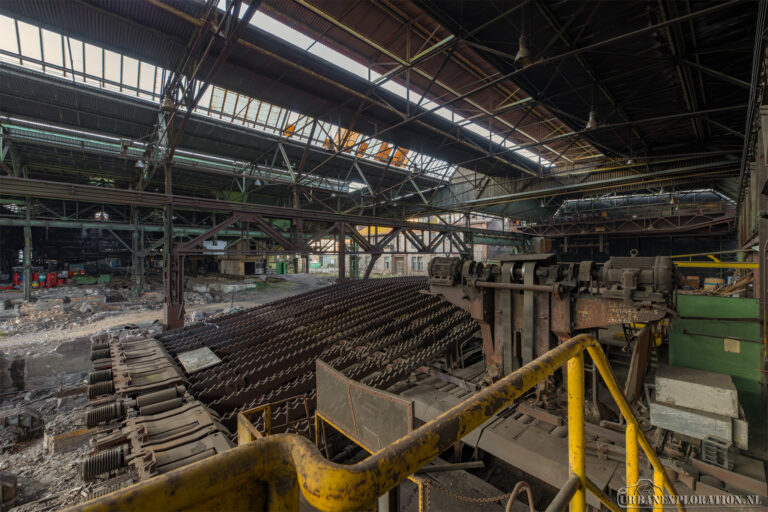Charbonnage du Hasard de Cheratte
The Hasard Coal Mine, located in Cheratte, a district near the city of Liège in Belgium, has a rich and dramatic history. It first opened in 1848, with two deep mine shafts reaching down 170 and 250 meters. However, tragedy struck in 1877 when a major flooding accident forced the closure of the mine, costing the lives of several miners.
After three decades of silence, the mine was given new life in 1907, when the Société anonyme des Charbonnages du Hasard reopened the site. This new phase brought innovation. A striking Malakoff-style tower was built, inspired by German mining architecture. It became the first mine in Belgium to use an electric hoisting system placed at the top of the tower—an impressive technical achievement at the time.
Over the next few decades, especially during the 1920s and 1930s, the mine expanded significantly. More shafts were added, and connections to a coal harbor and rail lines were constructed. At its peak, the Hasard mine employed around 1,500 workers, many of whom lived in a specially built mining cité—a residential neighborhood constructed in 1925 with around 200 homes, complete with modern utilities like electricity and running water.
But like many coal mines in Europe, Hasard faced decline in the latter half of the 20th century. On October 31, 1977, the mine closed permanently. At that time, 590 workers were still employed there, many of them immigrants who had come to Belgium seeking work.
In the years that followed, much of the site was left to decay. Some buildings were demolished, while others—most notably the Malakoff tower—remained standing as haunting reminders of Belgium’s industrial past. These ruins became popular among urban explorers and photographers, drawn to the dramatic mix of history, architecture, and natural decay.
Although some parts of the Hasard Coal Mine have been designated as protected industrial heritage, full restoration or redevelopment has yet to be completed. Today, the site stands as both a monument to human ambition and a symbol of the impermanence of industry.

- Visited - 2006
- Defunct - 1977
- Status - In decline
- Country - Belgium
































































